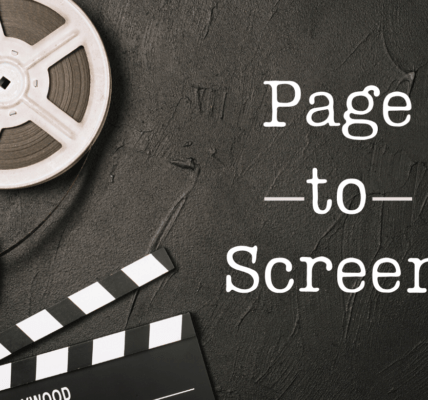EDITING
Anne V. Coates: Film isn’t the End of Everything
British film editor Anne V. Coates OBE has edited more than 45 feature films; she won an Oscar® for her editing on David Lean’s LAWRENCE OF ARABIA (1962) and has been nominated for an Academy Award® on a great range of remarkable films including: BECKET (1964), THE ELEPHANT MAN (1980), IN THE LINE OF FIRE (1993), and OUT OF SIGHT (1998).
A lover of cinema since her teenage days in Surrey, she became an assistant in the cutting rooms at Pinewood Studios in the late 1940s, where she worked on THE RED SHOES, among other films, before achieving her first editing screen credit with THE PICKWICK PAPERS (1952). Some of her more recent credits include: CATCH AND RELEASE (2006), TAKING LIVES (2004), UNFAITHFUL (2002), and ERIN BROCKOVICH (2000).
She has been honoured by Women In Film on two separate occasions for her achievements in the industry. In 2007 she was awarded BAFTA’s highest honour: The Academy Fellowship.
In an industry where more than 80 per cent of films have no women on their editing teams at all, Coates continues to thrive as a top film editor. She has had a long and varied career and seems to have no intention of retiring. Now based in Los Angeles, Coates’ most recent film is THE GOLDEN COMPASS (2007).
Has digital technology changed editing?
Steven Soderbergh said this to me about editing on digital: it’s still the same as editing on film—it’s all about making it funny, making it exciting and saving the actors’ performances. I told George Clooney that and he thought it was really funny and we’ve been friends ever since. Digital technology hasn’t basically changed editing because you’re still doing the important part of editing, which is telling stories, doing the timing, making it funny if it’s supposed to be funny, making it dramatic, cutting the action scenes in the most exciting way, and saving the actors’ performances. But admittedly it was quite difficult for me to go over to digital because I wasn’t a 15-year-old. At first I felt very remote. When you’re cutting digitally, you’re sitting back watching scenes rather than up close and personal as you were on a Moviola. On film I’d cut a scene together and I wouldn’t look at it as I was going along. Then I’d have my assistants splice it and I’d take it into a screening room with my crew and get their impressions. I’d say, “Don’t look at the cuts individually, just see what the story’s telling you. What are the actors telling you?” I miss that these days. When I went over to digital, I said to myself that I wouldn’t keep stopping and looking at the cuts, but you find that you do. On the Avid, I’ve got a big screen and I can run the scene immediately. But you don’t get the perspective that you had before.
Has the style of editing changed in the digital age?
A little bit, but that isn’t only because of digital technology, it’s also due to music videos and commercials, which have had a huge influence on film. Today, teenagers watch so much fast-moving film imagery and they can take in a story so quickly, that cutting in feature films has become much faster. But that’s not due to digital technology, just the evolution of film.










